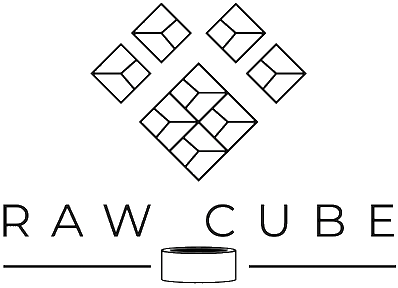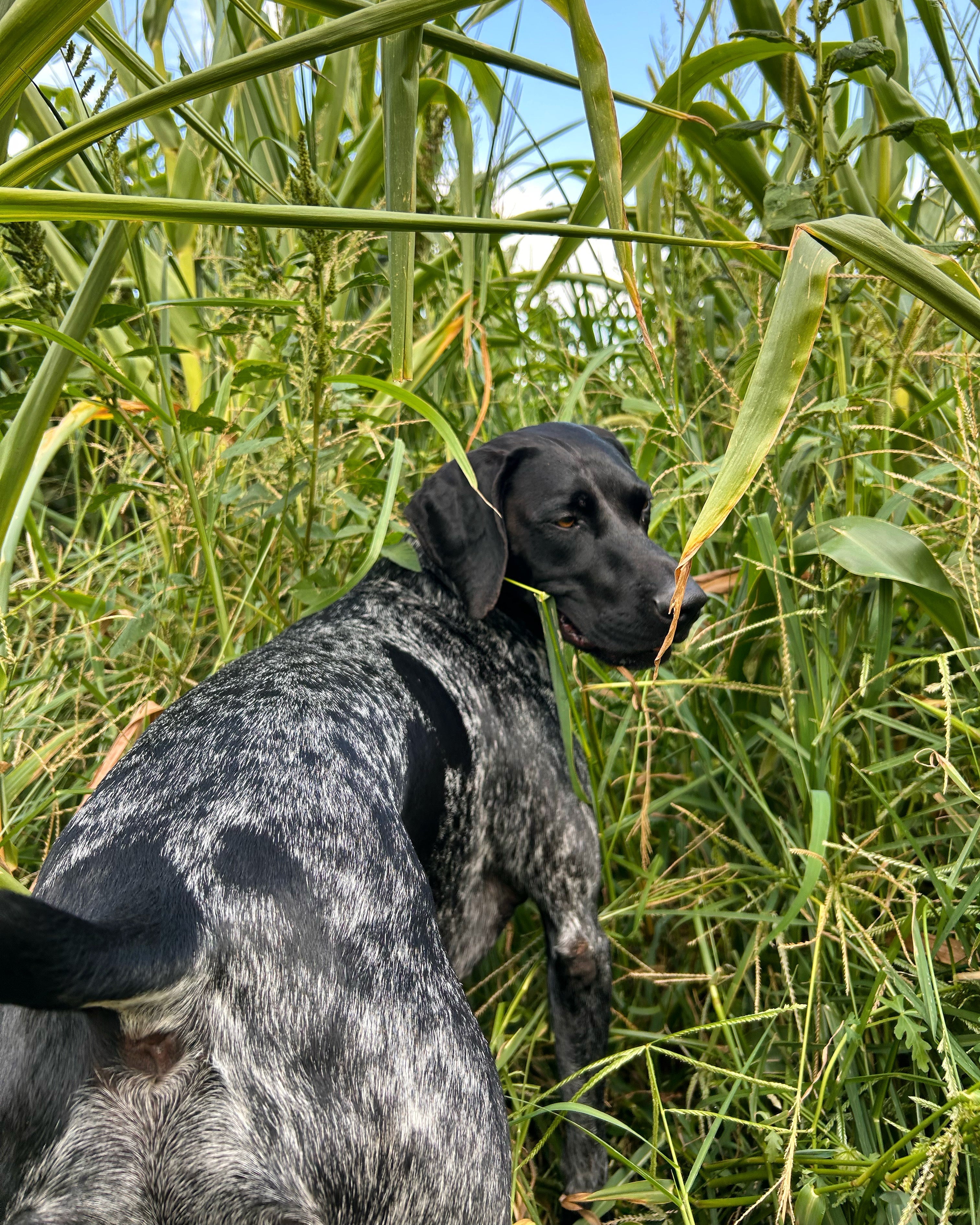Article: How much should my dog eat a day if my dog is on a Raw Dog Food Diet?

How much should my dog eat a day if my dog is on a Raw Dog Food Diet?
How Much Should My Dog Eat on a Raw Dog Food Diet?
Feeding your dog a raw diet is a commitment to their health, but one of the most common questions is: How much raw food should my dog eat each day? Based on the Nutritional Research Council Standards, this answer depends on your dog’s weight, age, and activity level AND the raw feeding community tends to identify this in two ways :
Daily Energy Requirements (we prefer 'Recommendations') - total calories your dog needs in a day
Approximate Daily Food Intake - this is the amount/quantity of food your dog should eat daily.
Over time, Raw Cube aims to collect and gather more data and information to gain better accuracy that age, breed, and other factors are significant factors in determining the quantity or amount of food.
Meanwhile, below are the steps on how to calculate your dog’s daily raw food needs using scientific formulas and practical guidelines set by the Nutritional Research Council (NRC).
Formula Understanding your Dog's Energy Recommendation
Free calculator on Raw Cube site
1. Resting Energy Requirements
The Resting Energy Requirement (RER) is the baseline amount of energy (calories) your dog needs at rest, not accounting for activity or growth. It’s calculated using your dog’s body weight in kilograms:
Step-by-Step Explanation for Louie
1. Convert Louie's Weight to Kilograms
Louie's weight : 61 lbs
(Conversion Rate:
2. Apply the RER Formula
a. ) Calculate the Exponent
b.) Final RER Calculation
Louie’s Resting Energy Requirement (RER) is about 845 kcal/day (rounded to the nearest calorie).
To estimate your dog’s Daily Energy Requirement (DER), multiply the RER (step 1) by a factor that reflects your dog’s activity level and life stage:
| Age/Stage | DER Multiplier (×RER) | Notes |
|---|---|---|
| Weaning–4 months | 3.0 | All breeds |
| 4–6 months | 2.8–2.6 | All breeds |
| 6–8 months | 2.6–2.4 | All breeds |
| 8–12 months | 2.2–2.0 | All breeds |
| 12–14 months (large/giant) | 2.0–1.8 | Large/giant breeds only |
| 16–20 months (giant breeds) | 1.8–1.6 | Giant breeds only |
| 12+ months (adult) | 1.6–1.8 |
Maintenance (all breeds) |
| Neutered Adult | 1.6 |
All breeds |
| Active Adult (1-2 hours) | 2.0 |
All breeds |
| Highly Active/Working dog (3-4 hours) | 2.5-3.0 |
All breeds |
This part of the formula is very subjective and thus as a result, may require tweaking and adjustments as you feed your dog overtime. As you'll see, the factor rates also tend to range which is why you may find some slight differences in free calculators out there!

Formula Understanding your Estimated Daily Food Intake
1. Resting Energy Requirements
If the above seemed a bit too complex, there are raw feeding guidelines that recommend feeding 2–3% of your dog’s ideal adult body weight per day for maintenance (meaning ideal body weight). Just note that 2-3% is for adult dogs, puppies and very active dogs may require more (higher percentage).
- Inactive/Overweight Dog : 2% of body weight
-
Moderately Active Dog : 2.5% of body weight
-
Active/Underweight Dog : 3% of body weight
- Puppies : 4-6% of their current body weight (split the feeding times into 3-4 meals to assist/aid in digestion)
Formula :
*Note : The above is subject and open to interpretation on what is considered Inactive versus Moderately Active, what is Underweight vs Overweight. Within the 2-3%, dog owners are welcome to insert numbers in between this range.
Free calculator on Raw Cube site
Monitoring & Adjusting
-
Monitor your dog’s weight and body condition weekly or monthly. Adjust portions up or down if your dog is gaining or losing weight unexpectedly.
-
Always consult your veterinarian or a pet nutritionist, especially if your dog has health issues.
Frequently Asked Questions:
Question: What is my dog is Neutered AND Active?
Answer: Find a factor rate that is between 1.6 - 2.0 (again, this may require adjustments on your part as you monitor/gauge the weight of your dog)
Question: My dog is a puppy is there a difference at 4 months old puppy versus 1 year? At what point is a dog considered an adolescent and not a puppy?
Answer: Smaller to Medium dogs are considered to be puppies until reaching the 1 year (12 month) mark. For Larger breed dogs, it is said that dogs reach adolescence closer to the 2 year (18-24 month) mark. Definition of an Adult dog is when the growth plates have closed in the bones of the dog.
Resources
-
Boyd, J. (2021). Canine Nutrition: Food, Feeding and Function.
An accessible overview of canine nutrition, feeding models, and practical guidance for dog owners. -
Kronfeld, D. S. (2007). Canine Nutrition: Food, Feeding and Function.
Authoritative coverage of dietary requirements and energy calculations for all canine life stages. -
Dodds, W. J. & Laverdure, D. (2014). Canine Nutrigenomics: The New Science of Feeding Your Dog for Optimum Health.
Explains how nutrition influences gene expression and provides evidence-based feeding recommendations. -
Hand, M. S., Thatcher, C. D., Remillard, R. L., Roudebush, P., & Novotny, B. J. (2010). Small Animal Clinical Nutrition (5th ed.). Mark Morris Institute.
A leading veterinary reference for energy requirements, RER/DER calculations, and feeding strategies. -
Baldwin, K., et al. (2010). "Validation of predictive equations for calculation of energy requirements in adult dogs." Journal of the American Veterinary Medical Association, 237(6), 646–650.
-
Freeman, L. M., & Michel, K. E. (2001). "Evaluation of raw food diets for dogs." Journal of the American Veterinary Medical Association, 218(5), 705–709.
-
Wiley, J. (2012). Applied Veterinary Clinical Nutrition.
Provides clinically relevant nutritional advice and research for daily canine practice.

